Comments
- No comments found
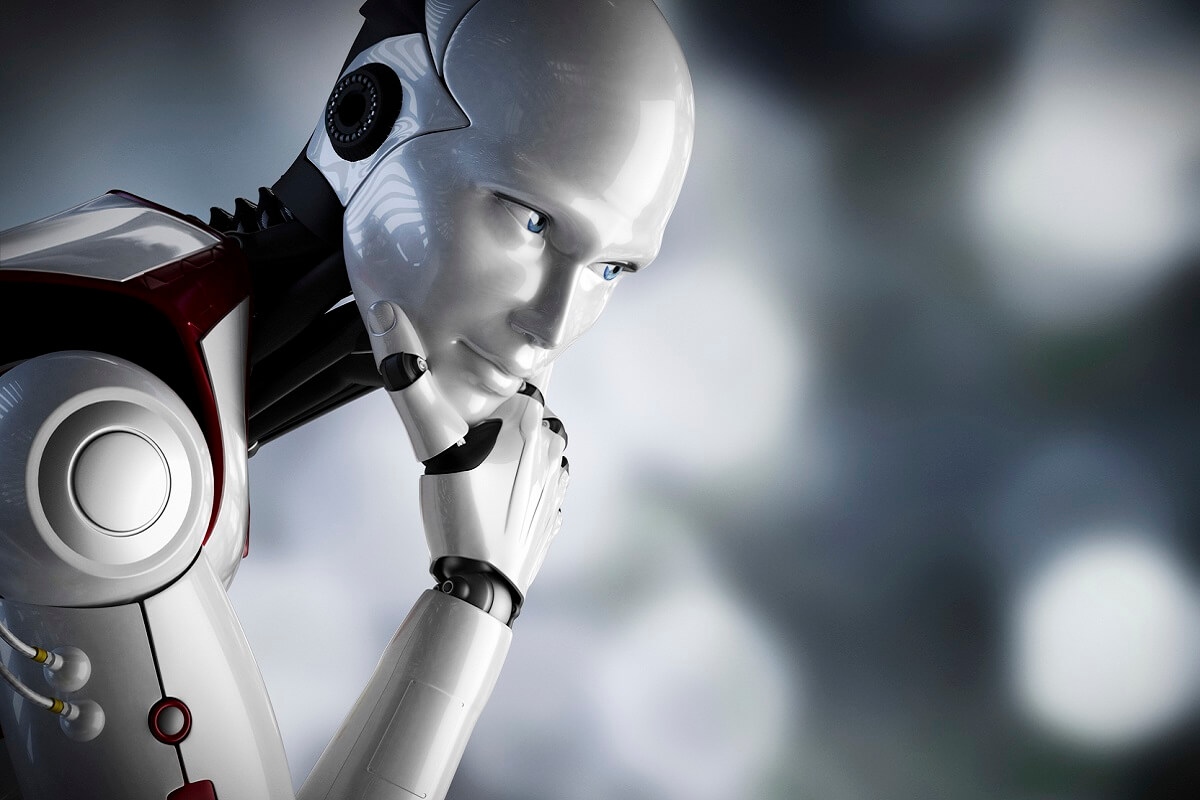
Artificial intelligence (AI) leverages computers and machines to mimic the problem-solving and decision-making capabilities of the human mind.
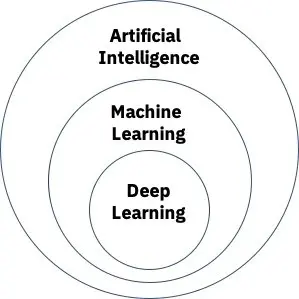
Source: IBM
Artificial intelligence is the science and engineering of making intelligent machines, especially intelligent computer programs. It is related to the similar task of using computers to understand human intelligence, but AI does not have to confine itself to methods that are biologically observable.
Tesla CEO Elon Musk, the second richest in the world, even stated: "We’re headed toward a situation where AI is vastly smarter than humans. I think that time frame is less than five years from now.”
Now, let's see where there is an empty hype and where there is a true reality.
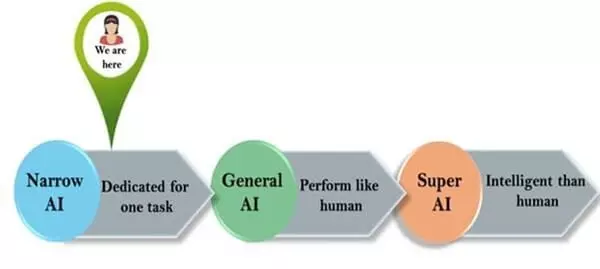
Source: Decan Herald
Based on capabilities, artificial intelligence can be classified into three types:
Despite the similarities, artificial intelligence (AI) and maching learning (ML) are different. Machine learning is a subset of artificial intelligence. AI is a bigger concept to create intelligent machines that can simulate human thinking capability and behavior, whereas, machine learning is an application or subset of AI that allows machines to learn from data without being programmed explicitly.
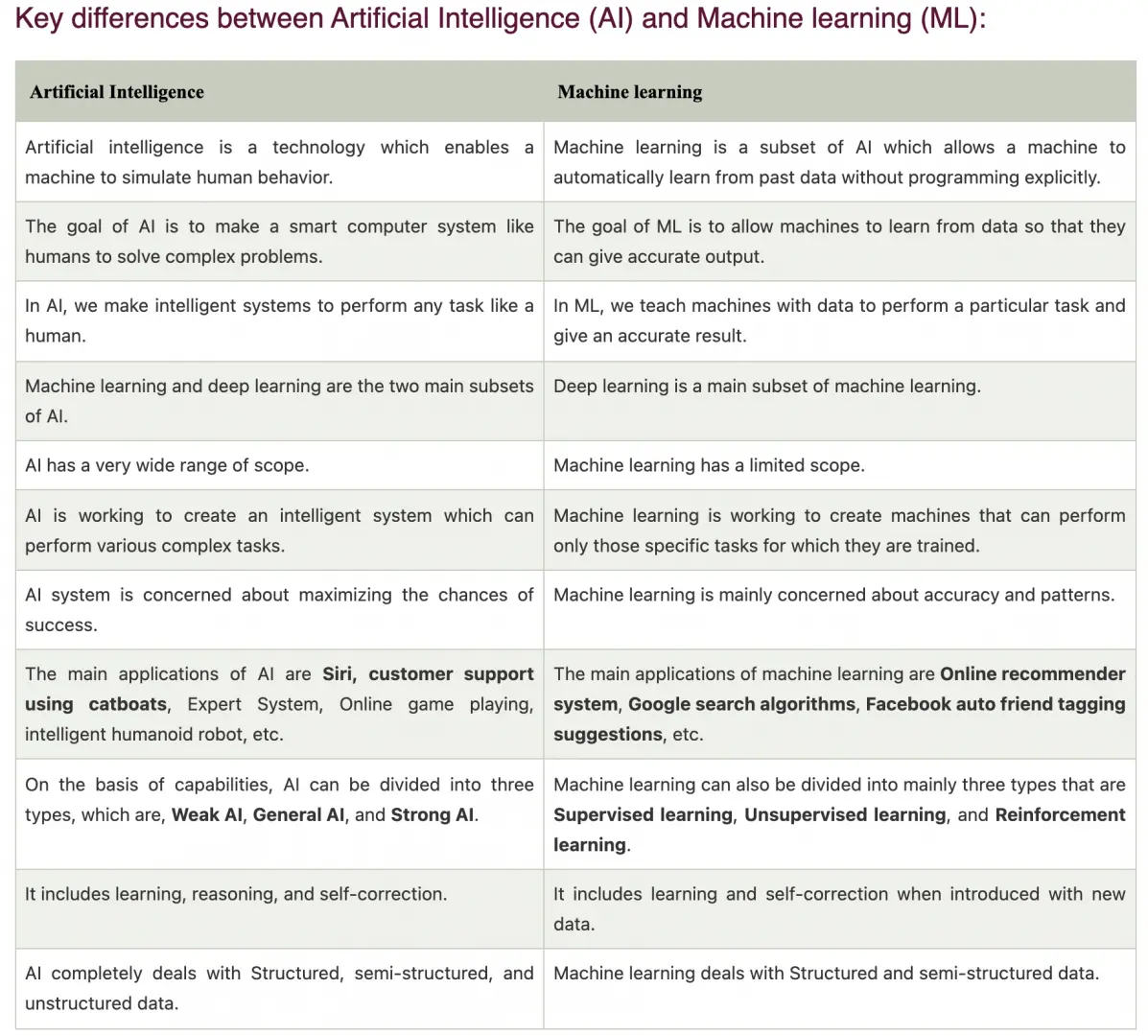
Source: JavaPoint
Here are some common machine learning applications you may be familiar with:
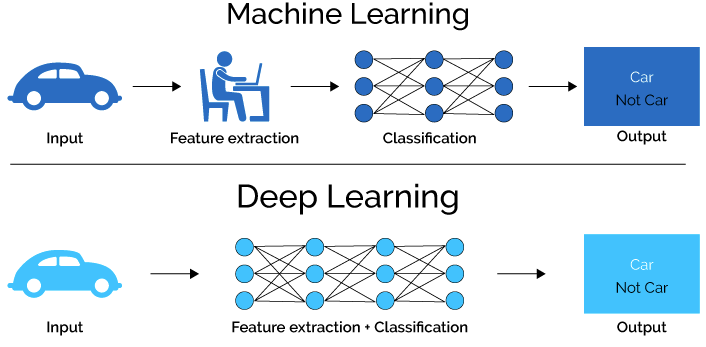
Source: Lawtomated
Deep Learning (DL) is a subset of artificial intelligence. DL structures algorithms in layers to create an artificial neural network that can learn and make intelligent decisions on its own. On the one hand, machine learning uses algorithms to parse data, learn from that data, and make informed decisions based on what it has learned. On the other hand, deep learning structures algorithms in layers to create an "artificial neural network” that can learn and make intelligent decisions on its own.
[Real] AI is the study of intellectual principles, phenomena and functions, as cognition, intelligence, intellect, reasoning, learning and understanding, in machines and computer systems, to effectively interact with the world.
The field of Machine Learning was supposed to seek to answer the question:
“How can we build computer systems that automatically improve with experience, and what are the fundamental laws that govern all learning processes?”
In fact, Machine learning is the study of computer algorithms building mathematical models from input data based on sample data, known as "training data", in order to curve-fit, interpolate or extrapolate.
It is a method of data analysis that automates analytical model building. Using these technologies, computers can be trained to accomplish specific tasks by processing large amounts of data and recognizing patterns in the data.
Machine learning is automation and iterative processes, statistical learning and statistical computing or predictive analytics. It has nothing with real learning, as acquiring new understanding, knowledge, skills, values, and behaviors.
To proceed, one needs to master some maths – statistics, probability, linear algebra, functional analysis and calculus, added with programming language and data modeling.
Again, deep learning sets up basic parameters about the data and trains the computer to curve-fit automatically by interpolating data patterns using many layers of processing as well as the backpropagation and optimization algorithms.
Neural networks are computing systems with interconnected nodes loosely mimicking neurons in the human brain. Using ML/DL algorithms, they can compute some patterns and correlations in raw data, cluster and classify it.
All in all, the possible future scenarios, if we further proceed with such a fake AI/MLDL/NN, are vividly pictured as below.
International Conference on Artificial Intelligence & Robotics [May 24-25, 2021, Dubai, UAE]
AI with Automation and Robotics emerge as the genuine General Purpose Technology for the all previous ones: the power engine, railroad, interchangeable parts, electricity, electronics, mechanization, control theory (automation), the automobile, the computer, the Internet, nanotechnology, biotechnology, and machine learning.
Real AI development has all the power to transform the world and upend all human institutions. Its socio-political and economic impact could be more than the first nuclear bomb, the Sputnik 1957, and the first man in space 1961.
The purpose of our project is the [Real or General or Universal] Artificial Intelligence Model designed, developed, deployed, and distributed as globally intelligent systems.
Methodology & Theoretical Orientation: Combining Ontology, Scientific Method, Computer Science, Data Science and Engineering, and Real AI with General ML allowed developing Globally Intelligent Systems (Encyclopedic Machine Intelligence).
We follow a knowledge helix/spiral development strategy: World > Philosophy > Metaphysics > Ontology > Logic > Mathematics > Phenomenology > Science > Computer Science > Engineering > Technology > New Philosophy >...New AI Technology > I-World
Findings: It is developed the first model of the most sought-after technology, Global AI & ML, as including the following elements of the Universal Intelligent Platform, named I-World:
[Universal] AI implies a virtually unlimited mentality, sensation, decision and reactions, perception and cognition, reason, learning and understanding, consciousness and self-knowledge, decision and actions, as well as a digitally unlimited intelligence, knowledge, power and ubiquity”.
Elon Musk, Stuart Russell, Ray Kurzweil, Demis Hassabis, Sam Harris, Nick Bostrom, David Chalmers, Bart Selman, Jaan Tallinn, Max Tegmark and many others all agreed that superhuman intelligence was inevitable and not far away.
As part of Global AI4EE initiative, the Universal AI & ML Model is to be open for the international organizations and leading high-tech corporations and national governments, as the EU, Russia, USA, China, as well as the UN as promoting 17 Sustainable Development Goals.
The seed investment of a General AI & ML Platform is close to Microsoft’s investment of $1bn for an OpenAI AGI R&D.
Leave your comments
Post comment as a guest